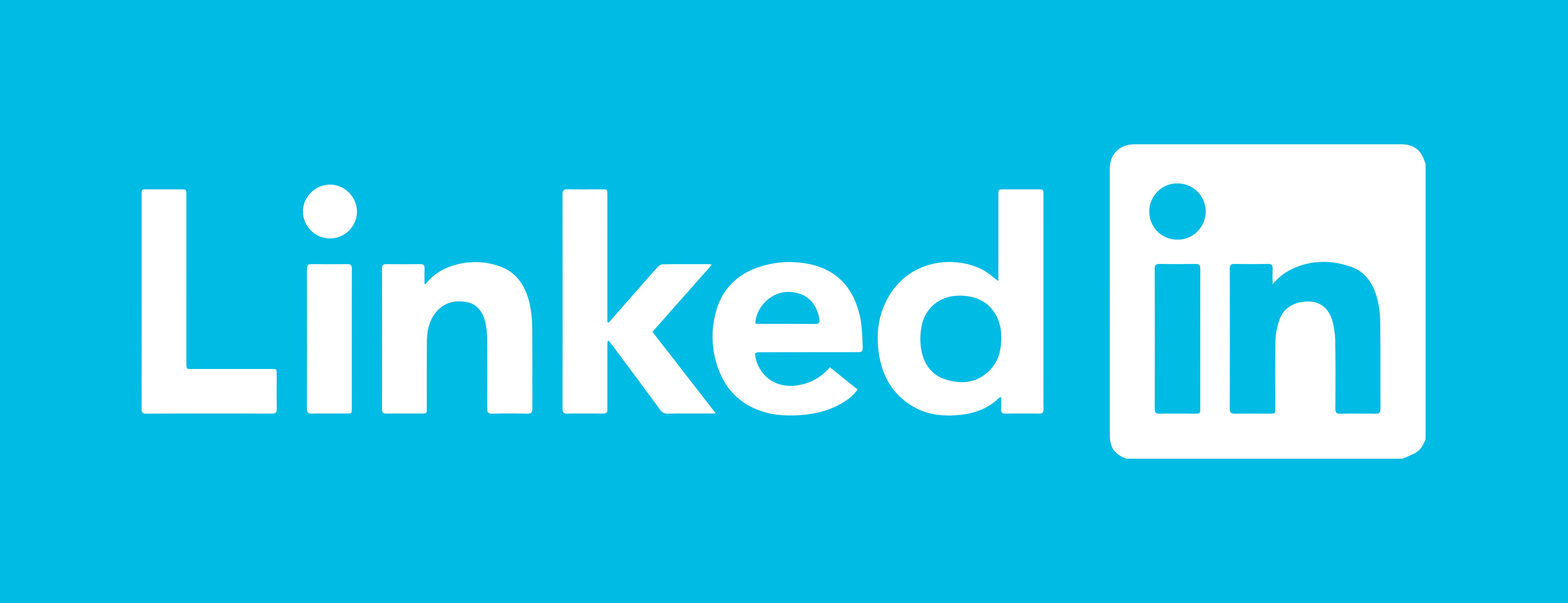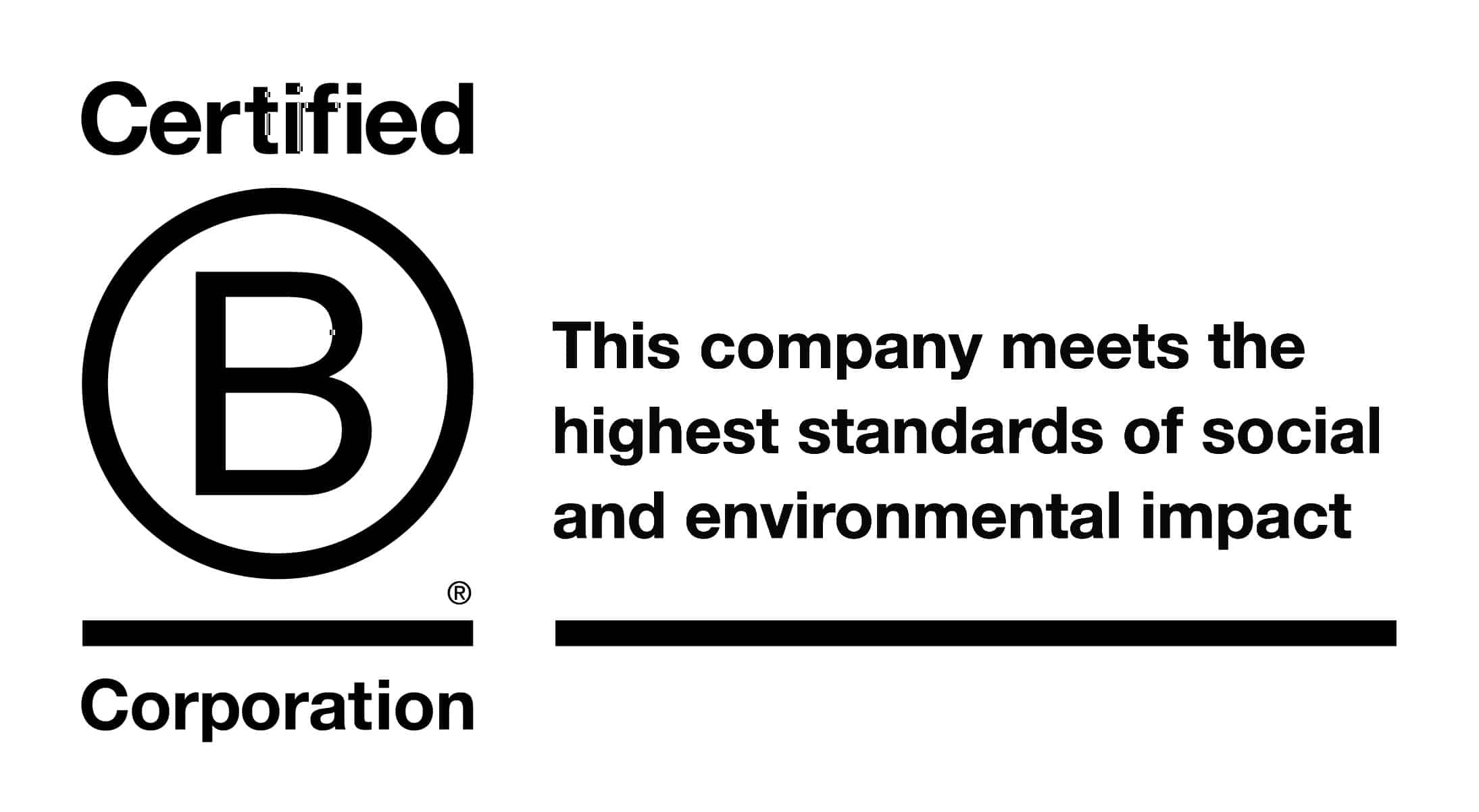
Corrosion in infrastructure is a relentless force that silently eats away at the very foundations of metal-made structures.
Bridges, pipelines, buildings, and countless others are under constant siege by this deterioration process. If left untreated it can lead to a potential domino effect of safety hazards and financial burdens.
What Causes Corrosion?
When a metal interacts with an environment conducive to oxidation, electrons are transferred. This leads to the slow deterioration of the metal.
This is caused by exposure to air, water, and certain chemicals. The byproducts of this reaction, often oxides or hydroxides, occupy a larger volume than the original metal, causing cracks, leaks, and ultimately leading to structural failure.
Fortunately, all of this can be avoided with preventive maintenance.
Financial Consequences of Corrosion
The financial cost of corrosion in infrastructure is staggering. It is estimated that the worldwide cost of corrosion is a staggering $2.5 trillion annually. This encompasses the direct costs of repairs and replacements, as well as the indirect costs associated with business disruptions, lost productivity, and environmental damage.
What is even more astounding is that with 15% of that amount, the problem could be solved altogether.
The wisest path is to opt for a comprehensive corrosion management program that tackles all potential issues, proactively.
With only 15% of your revenue you can save your business from costly overheads, and in extreme cases, bankruptcy.
Structural Consequences of Corrosion
Bridges are a critical artery of our transportation network. Corrosion can weaken steel beams, compromise the integrity of expansion joints, and even damage concrete supports.
This poses a safety risk to commuters and can lead to costly bridge closures, rerouting traffic, and hurting economic activity.
Pipelines are particularly susceptible to corrosion. Internal corrosion can restrict flow, reduce efficiency, and eventually lead to ruptures, causing environmental disasters and service disruptions.
External corrosion, often accelerated by stray currents or improper coating, weakens pipeline walls. Making them vulnerable to leaks and pressurized explosions.
You Can Counteract Corrosion
Preventive maintenance strategies are the most effective solution against corrosion.
Regular inspections by qualified professionals can identify signs of early-stage corrosion before it becomes a major issue.
Due diligence, risk-tracking, and visual inspections can pinpoint areas of concern, allowing for targeted repairs and the application of protective coatings without having to spend unnecessary money in areas that do not call for action.
Working with ICE Dragon
When you work with Corrosion Prevention Specialists you obtain coverage against corrosion hazards by tackling the problem from multiple sides:
- Risk assessment: Identifying critical infrastructure components most susceptible to corrosion based on material, environment, and usage
- Inspection and monitoring: Utilizing advanced techniques to detect and track the progression of corrosion
- Corrosion control strategies: Developing and implementing solutions like cathodic protection, coatings, and specified material selection to mitigate corrosion
- Data analysis and reporting: Tracking trends, identifying patterns, and providing KPI-powered insights to optimize future maintenance strategies
By partnering with ICE Dragon Corrosion, you can shift from a reactive approach to a proactive one. This saves money and protects your company from legal and environmental consequences.
Don’t let corrosion erode the integrity of our infrastructure or your business. Invest in preventive corrosion programs to ensure a safer, more resilient future for all.




